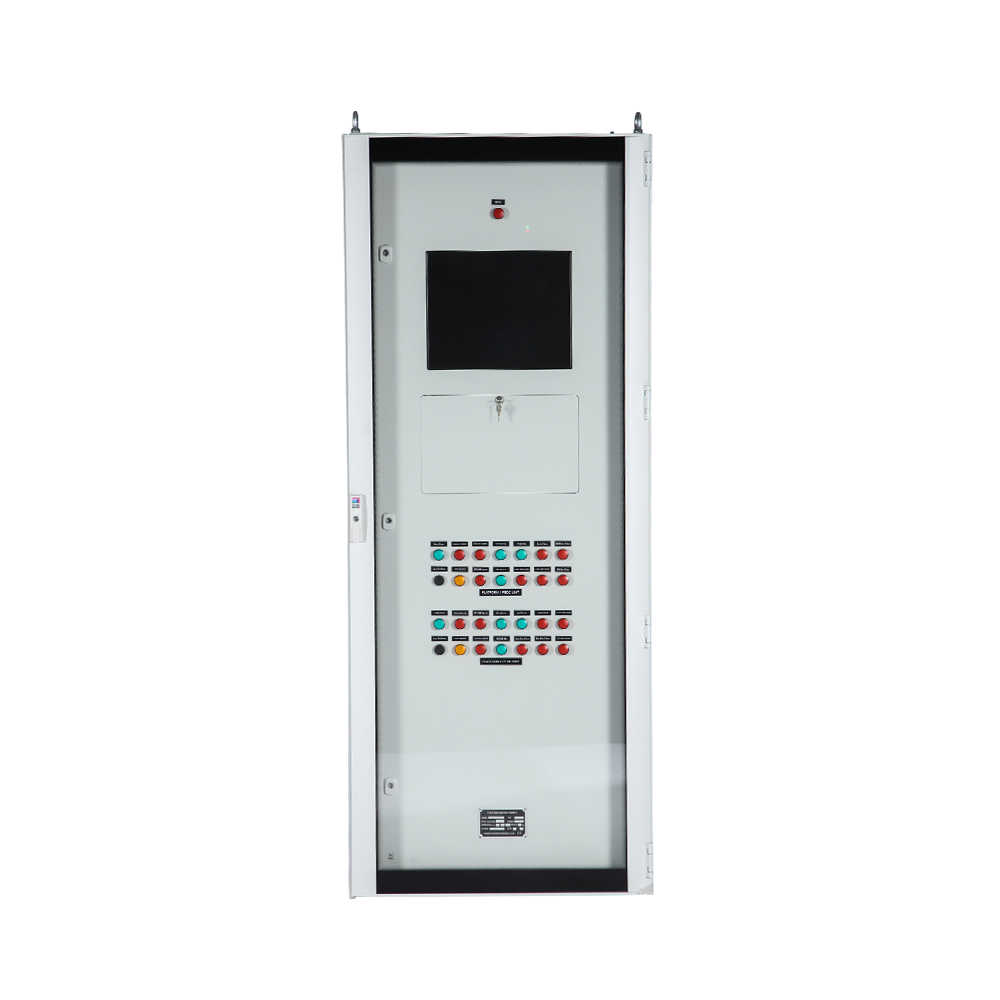2025-04-01
In today’s fast-paced industrial landscape, seamless integration of systems is critical for optimizing operations and boosting productivity. One of the most powerful tools in this process is the HMI Control Panel, a central hub that allows operators to interact with complex machinery and systems. To maximize the effectiveness of these panels, they must integrate smoothly with other essential industrial systems, such as PLCs (Programmable Logic Controllers) and SCADA (Supervisory Control and Data Acquisition). Let’s explore how these systems work together, the challenges involved, and the incredible benefits they offer when properly integrated.
The Role of HMI Control Panels in Industrial Operations
At its core, the HMI Control Panel serves as the point of interface between humans and machines, offering an intuitive and interactive environment for operators. The system typically allows users to monitor real-time data, manage machine operations, and respond to any alerts or alarms. However, the true power of an HMI is realized when it is effectively integrated with other industrial systems like PLCs and SCADA.
PLC and SCADA: The Backbone of Industrial Control Systems
PLCs are designed to control industrial processes through automation. They collect data from sensors, process it, and then use it to control machinery. SCADA, on the other hand, allows for real-time monitoring of the entire system, enabling operators to view critical performance data and control processes remotely.
When combined with an HMI Control Panel, these systems create a cohesive environment where operators not only interact with machines but also have a comprehensive view of the system’s performance. This integration simplifies the control process, reduces human error, and enhances operational efficiency.
Key Benefits of Integrating HMI with PLCs and SCADA
1. Improved Efficiency and Productivity
Integrating your HMI Control Panel with PLCs and SCADA systems ensures that operators have a clear, real-time view of operations. They can quickly identify issues, make adjustments on the fly, and streamline production workflows, all of which lead to significant improvements in overall productivity.
2. Streamlined Data Communication
The integration facilitates seamless communication between the systems. Data is transmitted in real time from PLCs to the HMI, ensuring that operators are always working with the latest information. This accurate, up-to-date data is crucial for making informed decisions and troubleshooting issues.
3. Remote Access and Control
One of the standout features of SCADA systems is their ability to provide remote monitoring. When combined with an HMI Control Panel, operators can remotely access and control machinery, monitor performance metrics, and even troubleshoot issues without being physically present at the site. This reduces downtime and improves the response time to potential issues.
4. Scalability for Future Growth
As industrial operations grow and become more complex, scalability becomes increasingly important. With a well-integrated HMI Control Panel, businesses can expand their operations without needing to overhaul the entire system. New devices or additional systems can be added to the network with minimal disruption, ensuring that the system evolves along with the business needs.
Overcoming the Challenges of Integration
Despite the clear benefits, integrating HMI Control Panels with PLCs and SCADA systems does come with its challenges. One of the most significant hurdles is ensuring compatibility between the various systems. Different manufacturers may use different communication protocols or data formats, which can complicate the integration process.

To address this, it's important to choose systems that are compatible with standard industrial communication protocols like Modbus, OPC, or Ethernet/IP. Additionally, skilled engineers should be involved in the integration process to ensure that the HMI Control Panel and other systems work seamlessly together.
The Future of HMI, PLC, and SCADA Integration
As technology continues to advance, the integration of HMI Control Panels with PLC and SCADA systems is becoming even more sophisticated. New technologies like IoT (Internet of Things) and cloud computing are adding additional layers of flexibility and functionality to these systems. For example, cloud integration allows for the remote storage and analysis of data, opening up opportunities for predictive maintenance and advanced analytics.
Moreover, with the rise of AI and machine learning, we can expect these systems to become even smarter. AI-powered HMI Control Panels will likely be able to predict maintenance needs, optimize processes in real-time, and even offer proactive recommendations to operators.
Conclusion
The integration of HMI Control Panels with PLCs and SCADA systems offers incredible advantages for industrial operations, including improved efficiency, better communication, and the ability to monitor and control processes remotely. While there are challenges to overcome in terms of compatibility and integration, the benefits far outweigh these concerns. With ongoing advancements in technology, the future of HMI, PLC, and SCADA integration is bright, with exciting opportunities for smarter, more efficient industrial systems on the horizon.
By embracing these technologies, businesses can position themselves at the forefront of industrial automation, reaping the rewards of increased productivity, enhanced operational visibility, and optimized performance across the board.